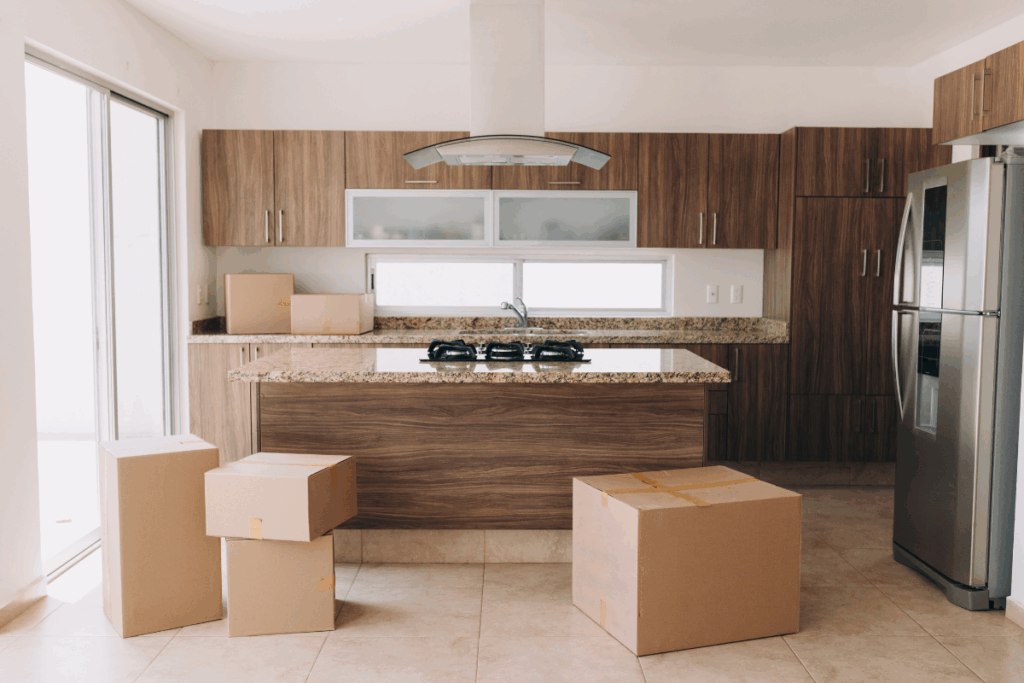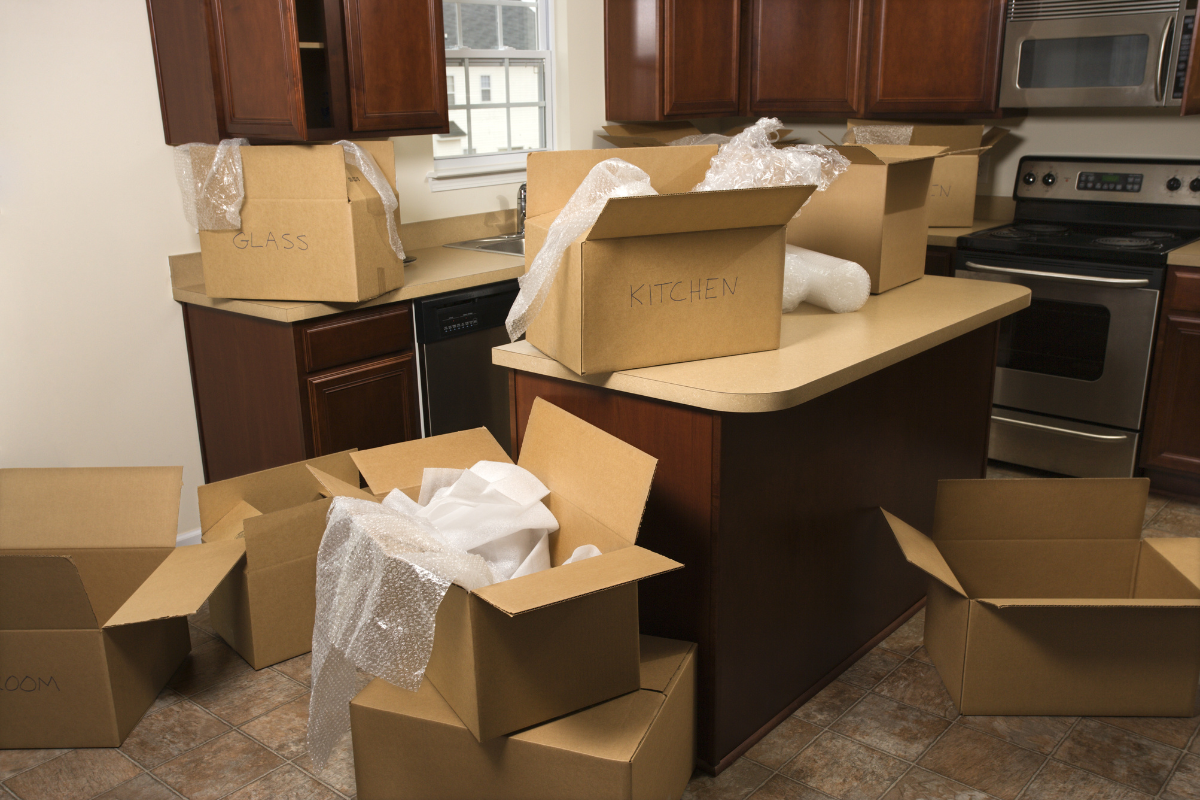Moving house is never easy, but if there’s one part of the home that strikes fear into even the most seasoned mover’s heart, it’s the kitchen. Between fragile glassware, awkwardly shaped appliances, and that overflowing drawer of mismatched Tupperware, packing your kitchen can feel like trying to solve a 3D puzzle — blindfolded.
For Singaporean households, the challenge is even more unique. Whether you’re moving out of an HDB flat, into a condo, or upgrading to a landed home, your kitchen is likely a compact space filled with multi-functional gadgets, local cookware, and sentimental hawker-inspired dining sets. Add in the reality of high-rise living, limited packing areas, and the infamous kopi mug collection, and you’ve got yourself a mission that demands strategy.
But fear not — with a bit of forethought and these four smart packing tips tailored for life in Singapore, you’ll be sipping homemade teh-C in your new kitchen before you know it.
Declutter Like a Kopitiam Pro
Before you even touch a cardboard box, it’s time to get ruthless with your kitchen inventory. In a city where space is a premium and kitchen cabinets are often crammed with impulse buys from Don Don Donki or random Lazada gadgets, decluttering is non-negotiable.
Start by sorting your items into four categories: keep, donate, sell, and bin. Be honest — do you really need five kopi mugs from past company retreats? What about that barely-used chocolate fondue set from 2012? If you haven’t used it in the last year, chances are you won’t miss it in your new home.
Focus particularly on:
- Tupperware Tangles: Match every lid to a base. Toss or recycle anything that’s warped, discoloured, or missing its pair.
- Expired Goods: Check the pantry for outdated spices, sauces, or instant noodle packets you forgot you bought in bulk.
- Duplicates: You only need so many ladles, spatulas, and rice scoops — even if they came free with your rice cooker.
By downsizing before the move, you’ll not only save on packing space but make your new kitchen feel fresher and more functional from day one.
Pack a “First Day Feast” Essentials Box
Picture this: It’s your first night in the new place. You’re exhausted, surrounded by unopened boxes, and your stomach’s growling. Instead of frantically digging through bubble-wrapped bundles for your kettle or a bowl for instant noodles, imagine having one clearly-labelled box with all the essentials ready to go.
Enter the “First Day Feast” box — your survival kit for the first 24 to 48 hours post-move.
Here’s what to include, with a local twist:
- Basic breakfast tools: A small pot or kettle, your kopi or teh mug, instant Milo sachets, kaya, bread, and a butter knife.
- Snacking gear: Some pre-packed biscuits, cup noodles, or leftover bak kwa from Chinese New Year.
- Dining essentials: A couple of plates, bowls, chopsticks, forks, spoons, and a reusable water bottle.
- Small appliances: Consider your must-haves — a mini rice cooker or air fryer can be lifesavers.
- Cleaning basics: Dishwashing liquid, sponge, tea towels, and some bin bags.
- Power necessities: A multiplug extension cord (because plugs are always mysteriously out of reach).
Label this box clearly (in big red marker!) and load it last so it’s first to be unpacked. You’ll thank yourself when hunger strikes.
Master the Art of Packing Fragile & Awkward Items
From delicate kopi cups to your trusty claypot and that oversized blender, Singaporean kitchens are filled with fragile or oddly-shaped items. Here’s how to handle them smartly:
- Use What You Already Have: Wrap glassware and ceramics in tea towels, t-shirts, or even pot holders. This saves money and space.
- Stack Smart: Nest bowls, plates, and containers by size, separating them with thin cardboard or cloth to prevent chipping.
- Box by Weight: Always place heavier items at the bottom. For instance, stack your claypot or Dutch oven beneath lighter plastic containers.
- Secure Small Appliances: Remove loose parts like blender blades or air fryer baskets. Wrap cords around the base and use rubber bands to secure. Place them in their own box with lots of padding — think bubble wrap, towels, or even rolled-up newspaper from The Straits Times.
- Label Breakables Clearly: Mark boxes with “FRAGILE: HANDLE WITH CARE” and indicate which side should face up. If you’re using a moving service, this extra step can help avoid mishandling.
And for bonus points, take a photo of each drawer or shelf before packing so you can replicate your storage layout in your new home — because somehow, knowing where the oyster sauce went can make everything feel normal again.
Label Like a Singaporean Auntie with OCD (in a Good Way)
Clear labelling is the unsung hero of a smooth unpacking process. In a typical Singaporean household, where the spice cabinet alone might hold belacan, five types of chilli, and multiple kinds of soy sauce, labelling becomes essential.
Here’s a practical system:
- Category and Detail: Instead of “Kitchen Stuff”, try “Pantry – Dry Goods – Sauces” or “Utensils – Baking Tools”.
- Room and Urgency: Mark boxes as “Kitchen – Unpack First” or “Kitchen – Store”.
- Localised Notes: Use familiar terms — “Kopi Mugs”, “Laksa Bowls”, “Dim Sum Steamers” — to make it easier for anyone helping you (especially movers or family) to identify items.
- Inventory Sheet: Number your boxes (e.g., Box 1 of 10) and keep a master list on your phone. You can even make a simple Google Sheet with columns like Box No., Contents, Priority, and Location.
If you live in a high-rise, consider which boxes you’ll need immediate access to in case you have to make multiple elevator trips. No one wants to realise the rice cooker is in Box 12… which is still in the moving lorry downstairs.
Conclusion

Packing a kitchen in Singapore doesn’t have to be a logistical nightmare. With compact flats, space-saving habits, and the city’s fast-paced lifestyle, Singaporeans are already pros at making the most of small spaces — this is just an extension of that skill.
By decluttering wisely, preparing a survival kit, using smart packing techniques, and labelling like a hawker centre pro, you’ll set yourself up for a seamless move. The reward? Less stress, fewer broken dishes, and a faster return to slurping mee pok in the comfort of your new kitchen.
So breathe deep, channel your inner Marie Kondo (or your ultra-organised Ah Ma), and get packing — because your new kitchen, and that first homemade bowl of Maggi curry noodles, awaits.

